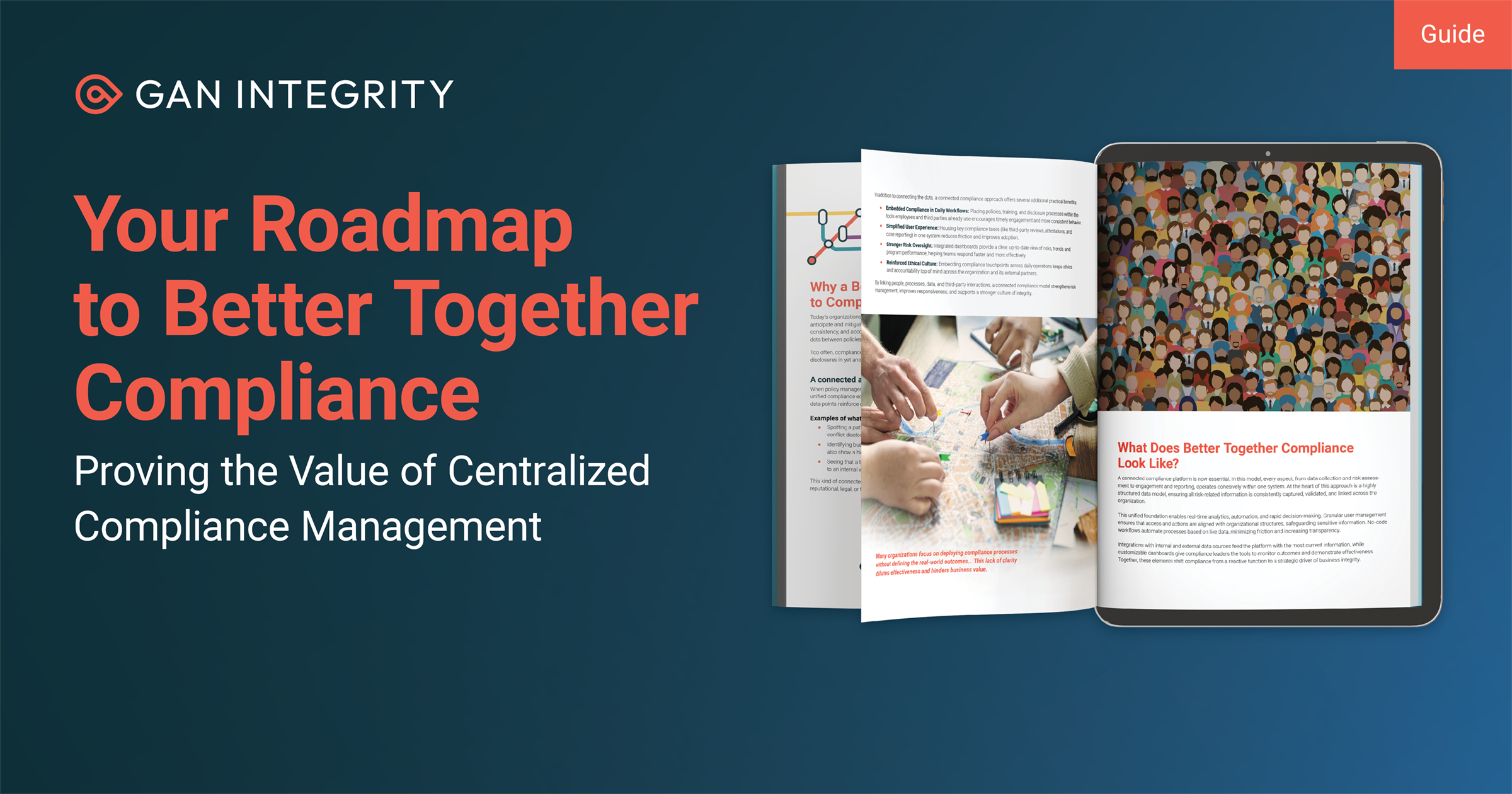TPRM Is No Longer Just About Compliance
In an era defined by disruption, the question for global businesses is not if supply chains will be tested; it’s when and how thoroughly. From geopolitical upheaval and sanctions volatility to climate shocks and financial instability, the world is throwing risk scenarios at organizations faster than many are prepared to absorb.
What’s become clear is that many of these risks originate not within the walls of the business, but outside them- in third parties, subcontractors, vendors, and suppliers. That’s why third-party risk management (TPRM) has rapidly evolved from a niche compliance requirement into a central pillar of supply chain resilience.
According to Verdantix’s 2025 Smart Innovators TPRM report, 86% of organizations said supply chain disruption was a significant or very significant driver behind increased spending on risk management. And 40% identified expansion into higher-risk geographies as a key catalyst.
That’s a sharp signal: businesses are waking up to the reality that resilience is a networked function, and vulnerabilities are just as likely to originate from external partners as from internal operations.
Third Parties Are Now Operational Dependencies, Not Just Vendors
Globalization, digital transformation, and outsourcing have dramatically increased organizations’ reliance on third parties. Critical operations, from customer support to manufacturing, logistics to data storage, are often no longer performed in-house. This shift brings efficiency and scale, but it also creates complex webs of dependency. And those webs are fragile.
When a tier-1 supplier misses a delivery due to a political protest or when a third-party data processor is compromised by ransomware, the operational impact can be immediate and severe. What once seemed like peripheral partners are now core nodes in the resilience network. And yet, visibility into their risk posture remains limited in many organizations.
This misalignment between dependency and oversight is where many resilience strategies break down. Resilient organizations recognize that vendor risk is not someone else’s job; it’s a shared enterprise responsibility.
The Compliance-to-Continuity Shift Is Underway
Historically, TPRM programs were built for compliance: tick-box onboarding checks, policy sign-offs, and contractual terms buried deep in procurement workflows. But today’s environment demands a more proactive, intelligence-led approach. Why?
Because threats evolve in real time. A vendor might pass due diligence today and be the subject of sanctions, bankruptcy, or a data breach tomorrow.
The shift is clear: leading firms are repositioning TPRM as a resilience enabler, not just a regulatory checkbox. That means:
- Moving from static assessments to ongoing monitoring.
- Embedding TPRM into business continuity planning.
- Linking risk insights to strategic procurement and supplier diversification.
This shift also brings TPRM out of its operational silo and into closer alignment with enterprise risk, supply chain, IT security, and ESG functions. In short, third-party risk is now a board-level concern and needs to be treated as such.
Expansion Into High-Risk Geographies Increases Exposure
As organizations pursue growth in emerging markets and seek alternatives to concentrated supply regions, they often do so without the local intelligence required to assess supply chain risk accurately.
Entering a new market means new partners, new regulatory environments, and unfamiliar geopolitical dynamics. Without the right risk intelligence, businesses may onboard vendors quickly, but without adequate vetting. The result? Heightened exposure to everything from corruption and fraud to unstable logistics and opaque data practices.
What’s needed is a geo-aware approach to TPRM, one that factors in the inherent risk of location alongside operational role and service criticality. This enables more nuanced risk tiering, smarter resource allocation, and defensible due diligence strategies.
Supply Chain Disruption Is Now the Norm, Not the Exception
In the past, organizations treated supply chain disruptions as extraordinary events. Today, they’re constant. Whether it’s a global pandemic, extreme weather event, political unrest, or supplier insolvency, disruption has become the background noise of global commerce.
Traditional supply chain risk models were built on stability. But that stability has eroded. Resilience now requires the ability to identify, assess, and respond to third-party risk dynamically. That means:
- Rapid identification of emerging threats through external risk intelligence.
- Scenario planning based on tiered vendor criticality.
- Agile response frameworks that include third-party contingency planning.
This level of preparedness isn’t just about avoiding crisis, it’s about maintaining customer trust, investor confidence, and regulatory compliance in volatile conditions.
Reputation Is a Shared Asset and a Shared Risk
The reputational consequences of third-party failures have grown significantly in the age of social media and instant news cycles. When a supplier violates labor laws, mismanages data, or pollutes local environments, the public rarely distinguishes between them and the contracting brand.
Today’s stakeholders, from consumers to regulators to employees, expect companies to take responsibility for the behavior of their business partners within supply chain management and TPRM programs. And the cost of failing to do so can be high, both financially and ethically.
For risk leaders, this means extending the organization’s ethical lens beyond its own walls. It means ensuring that values like sustainability, diversity, and integrity are reflected (and enforced) across the third-party network.
Looking Ahead: Building Resilience From the Outside In
As the boundaries of the enterprise continue to blur, traditional risk models fall short. Organizations can no longer afford to treat third parties as disconnected entities- they are part of the operational core, and TPRM technologies must adapt as well.
To build resilient supply chains, firms must shift their mindset from internal risk control to external risk governance. This demands systems that provide visibility, workflows that enable agility, and a culture that values transparency across the entire vendor ecosystem.
In the years ahead, resilience will belong to the organizations that recognize that their strength lies not just in how well they operate, but in how well they govern those they rely on.
See how GAN Integrity enables risk teams to strengthen resilience across their third-party ecosystem.

Colin Campbell is Gan Integrity's Strategic Product Marketing and Analyst Relations leader with over 15 years of experience in the SaaS software and tech industry. Colin has led analyst relations and product marketing growth strategies in North America, EMEA, UK and APAC, growing revenues in multiple industries. At GAN Integrity, Colin drives market expansion, demand generation and significantly enhancing customer retention, with a talent for aligning marketing strategies with business goals to deliver results.
